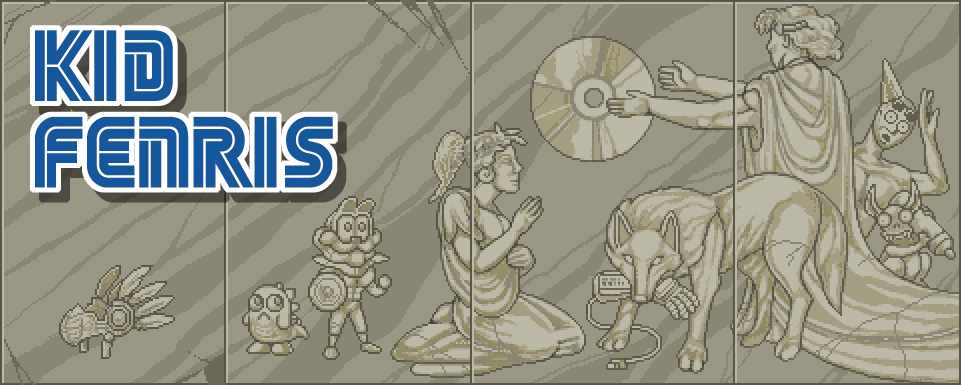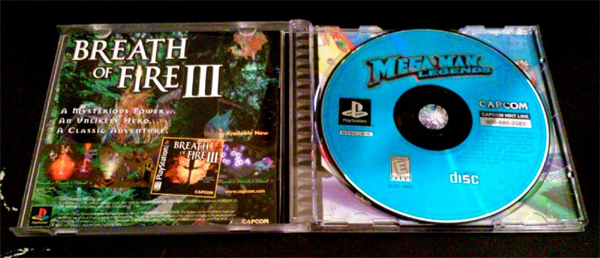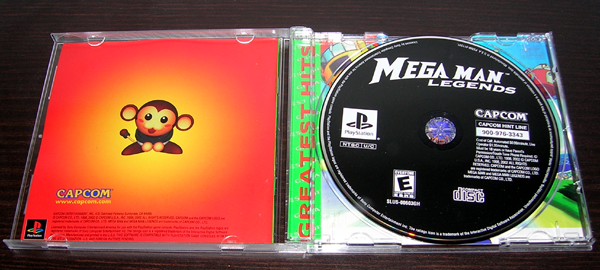Yet the list had one feasible, low-priority entry: buy some cheap old video games. It’s very easy to find imported games on eBay these days, and many of them aren’t even expensive. Sellers frequently put up lots of potentially decaying cartridges and start the bidding low, counting on their exorbitant shipping fees to turn a profit. I watched for a few weeks before deciding on my inexpensive and possibly damaged vicarious Japan-trip shopping spree: a bundle of four Super Famicom games.

Were these games that I’d buy on a trip to Japan? Well, one of them is. The others are just a sampling, the Super Famicom version of a cheese-and-sausage platter you get at Christmas. Let's unwrap it.
F-ZERO
Condition: Decent front, faded back
Working: Yes
F-Zero was very important to the Super Famicom’s Japanese launch in 1990. It was slightly less important on the Super NES a year later. The Super NES had a wider array of games when it arrived in North America, but on that November 1990 morning at Japan’s toy and electronics shops, the world's first Super Famicom owners had F-Zero, Super Mario World, and nothing else.
Both were necessary. Super Mario World was the better game, and yet it looked and played like a prettier version of Mario’s older, regular-NES outings. F-Zero was something new, a dizzying futuristic racer that did things Nintendo’s old hardware never could. You played Super Mario World much more, but you showed F-Zero to parents and friends who scoffed that this “Super” Nintendo was the same old circus.

Today, F-Zero wants for impact. It’s a solidly designed game, but so much has happened since its debut. It doesn’t have weapons or a split-screen multiplayer mode, and the player gets only four different hovercraft to control. The designers make the most of what was brand-new hardware, though you'll note that later courses are just tighter, meaner versions of previous tracks. It’s a show-off game.
The Japanese version of F-Zero is the same as the U.S. version, aside from a slightly different ending. The cartridge label, however, sports an elaborate tagline entirely in English: “THIS IS THE FIRST ADVENTURE OF OUR NEW HERO ‘CAPTAIN FALCON’. LITTLE IS KNOWN ABOUT HIM, EXCEPT THAT HE WAS BORN IN THE CITY OF ‘PORT TOWN’ AND HAS BECOME THE GALAXY’S GREATEST PRIZE HUNTER.”
It’s odd to see Captain Falcon built up as an enigmatic Samus Aran, since F-Zero has no story mode. The hovership-selecting screen doesn’t even list the craft’s pilots. And why’s it so important that our hero was born in “Port Town”? Did Nintendo hope that Captain Falcon would be their next breakout star? Well, he’s in Super Smash Bros., so that counts for something.
Will I keep it? Ehhh. It’s straightforward fun, but I’m not attached to F-Zero. I don’t really need to prove the technical prowess of my Super NES to anyone now.




